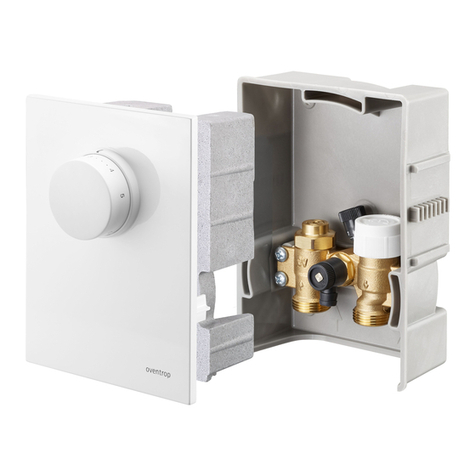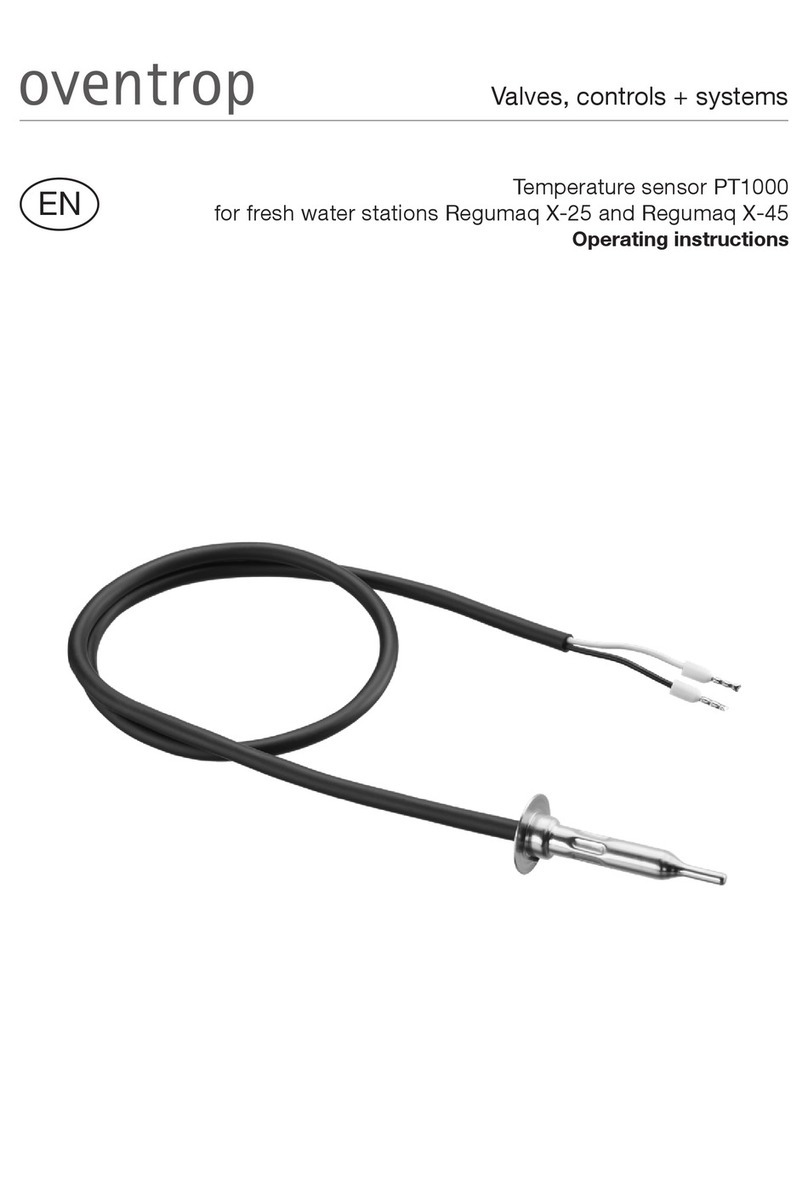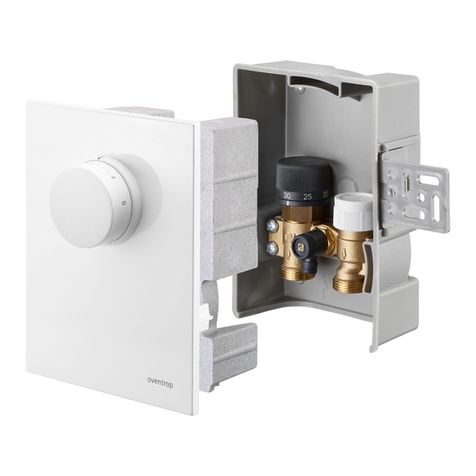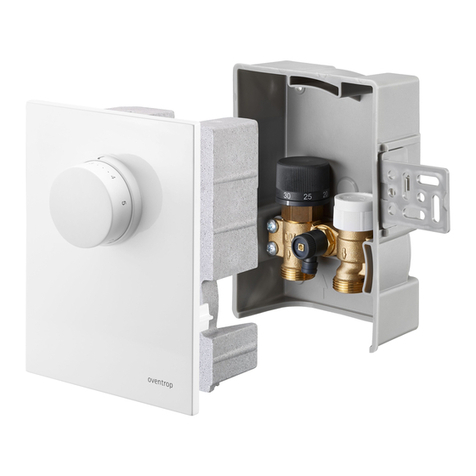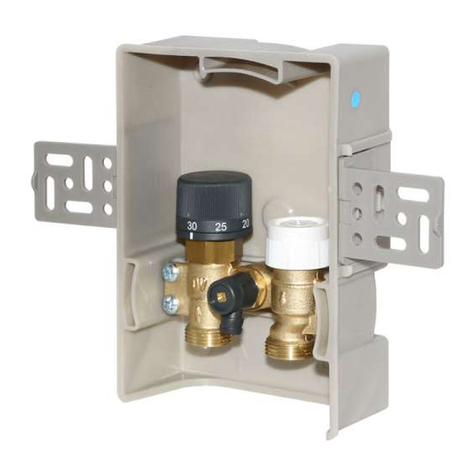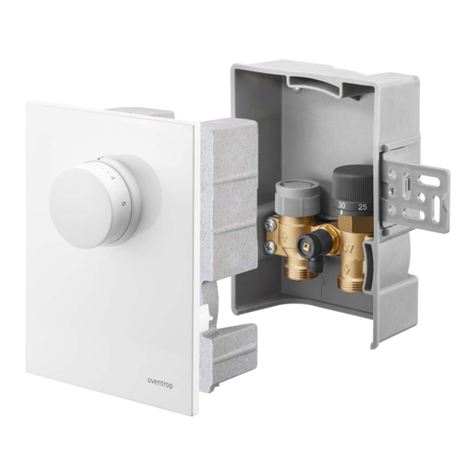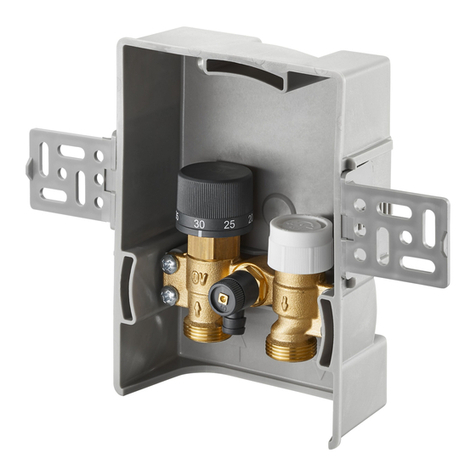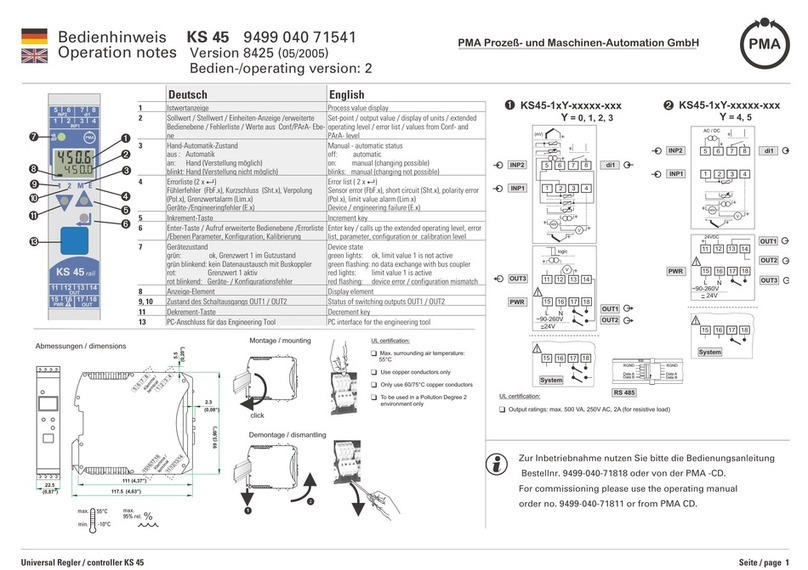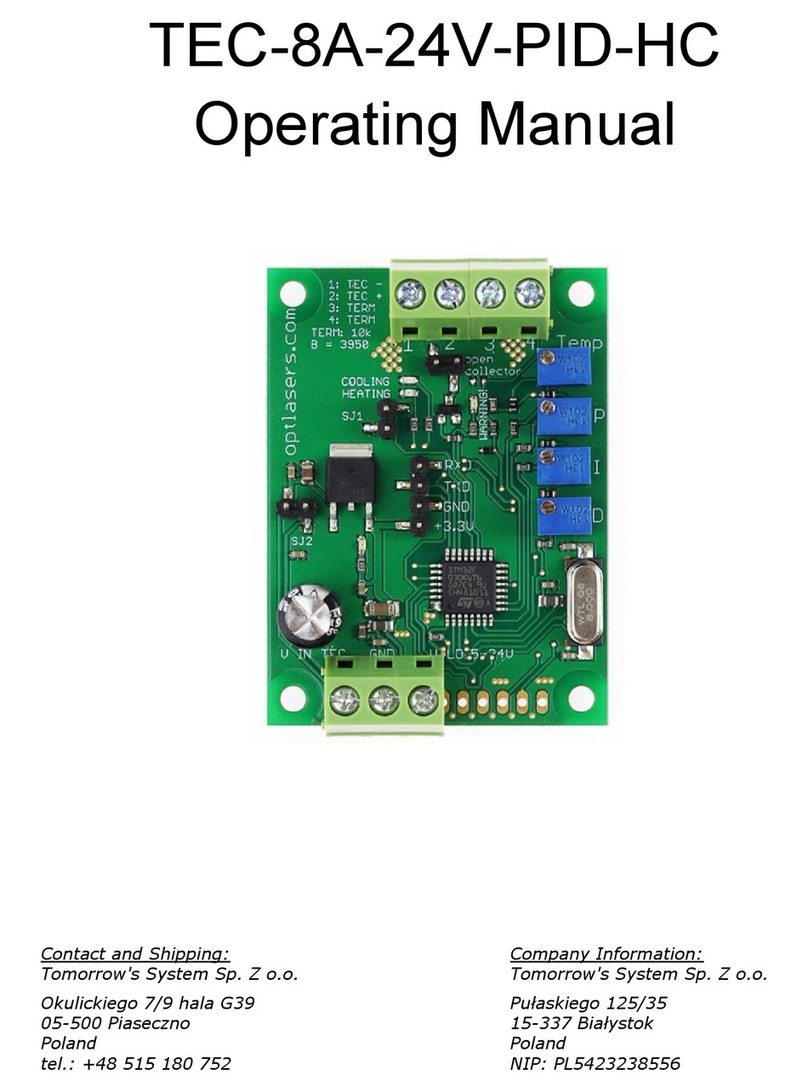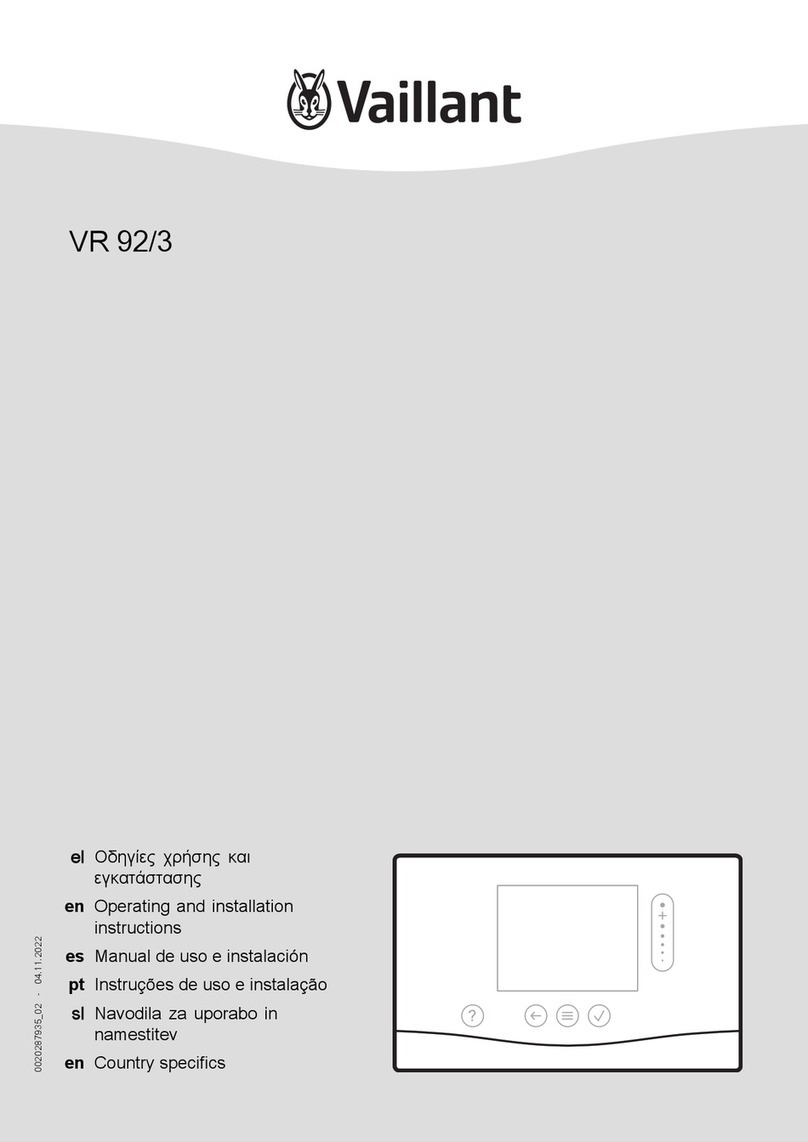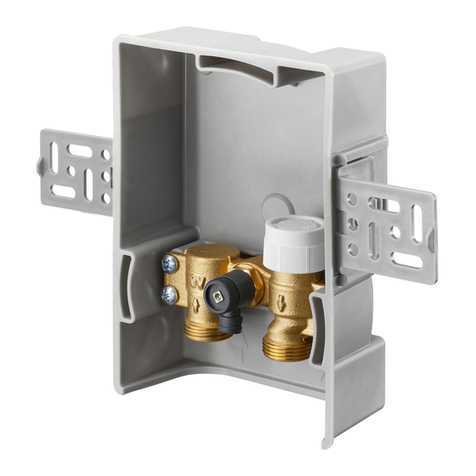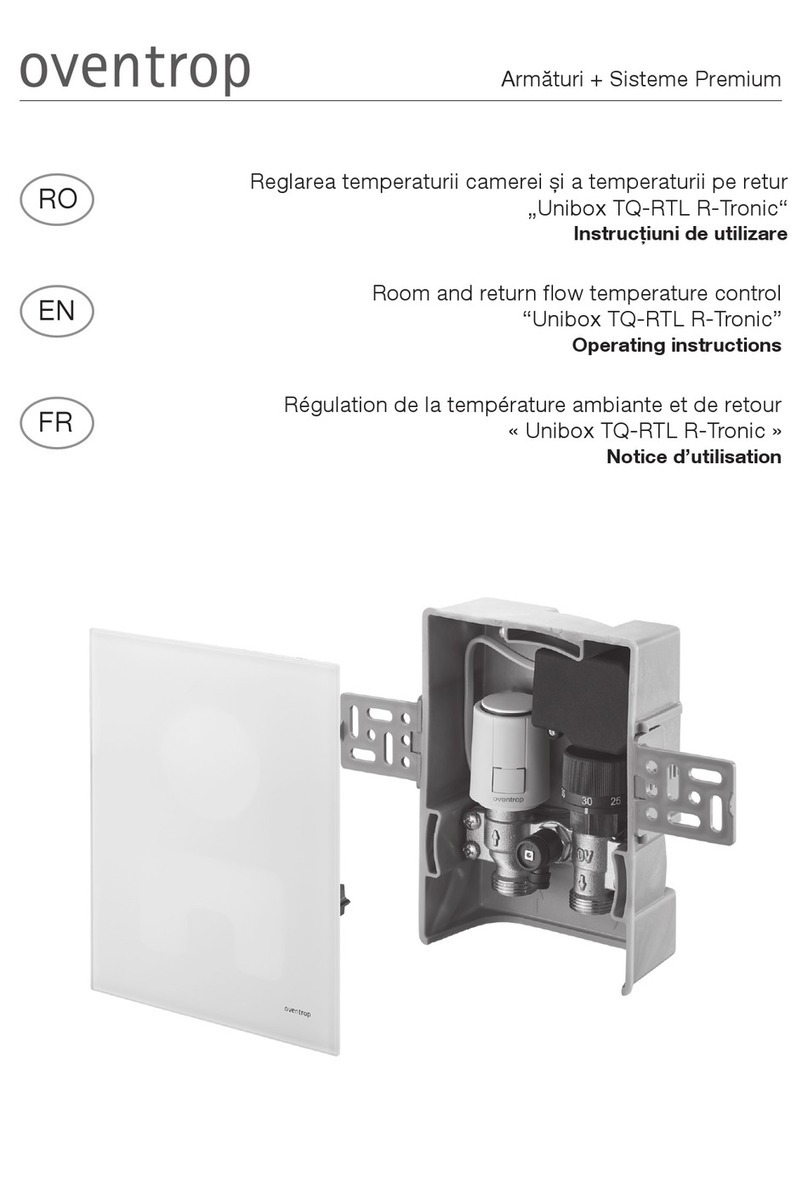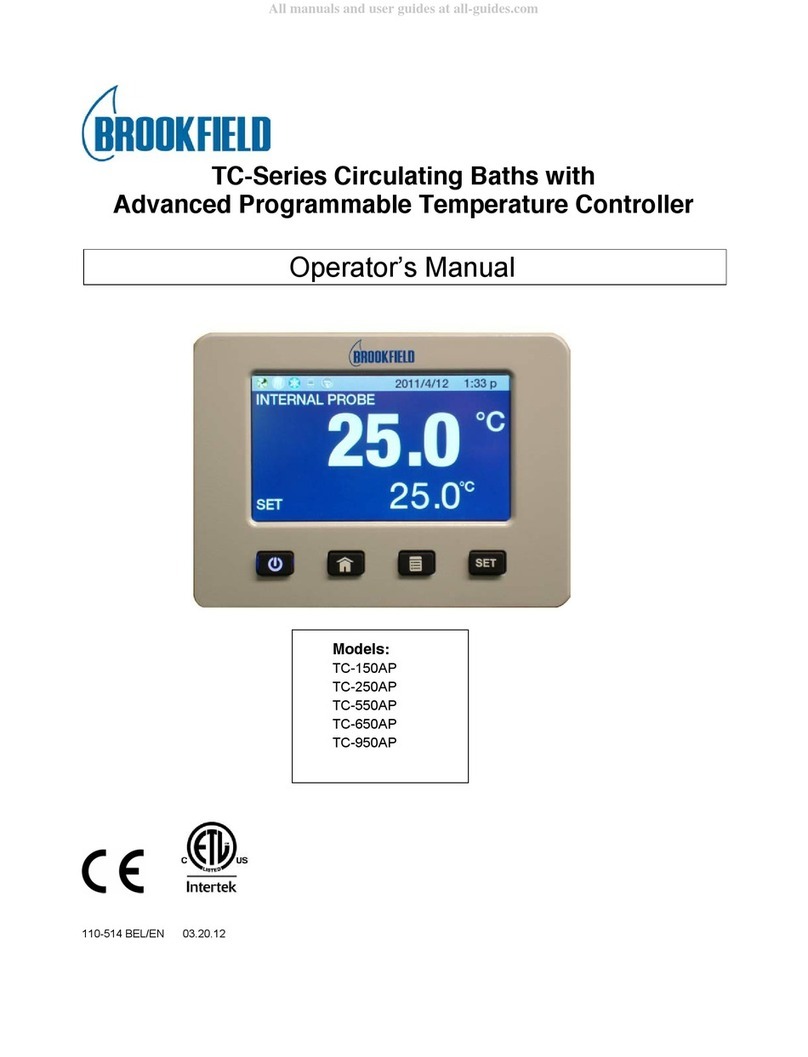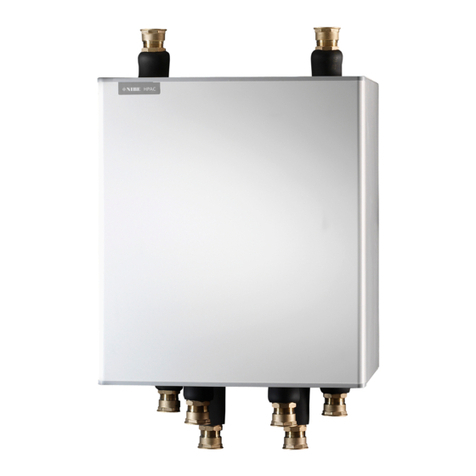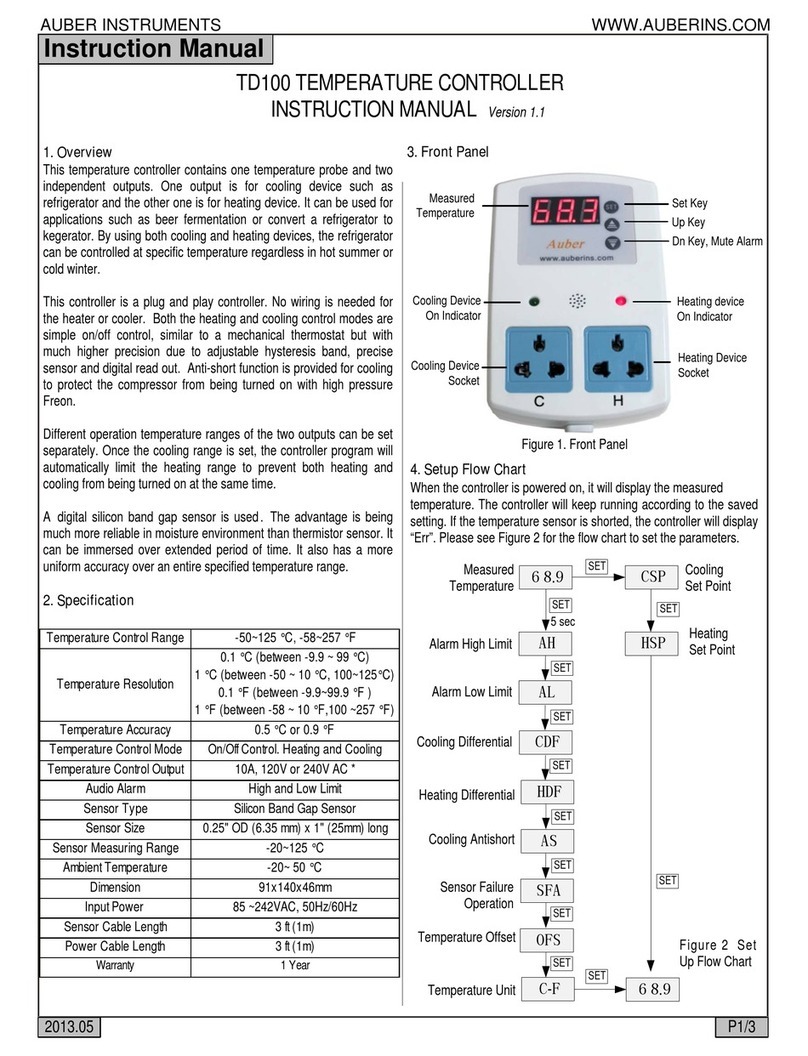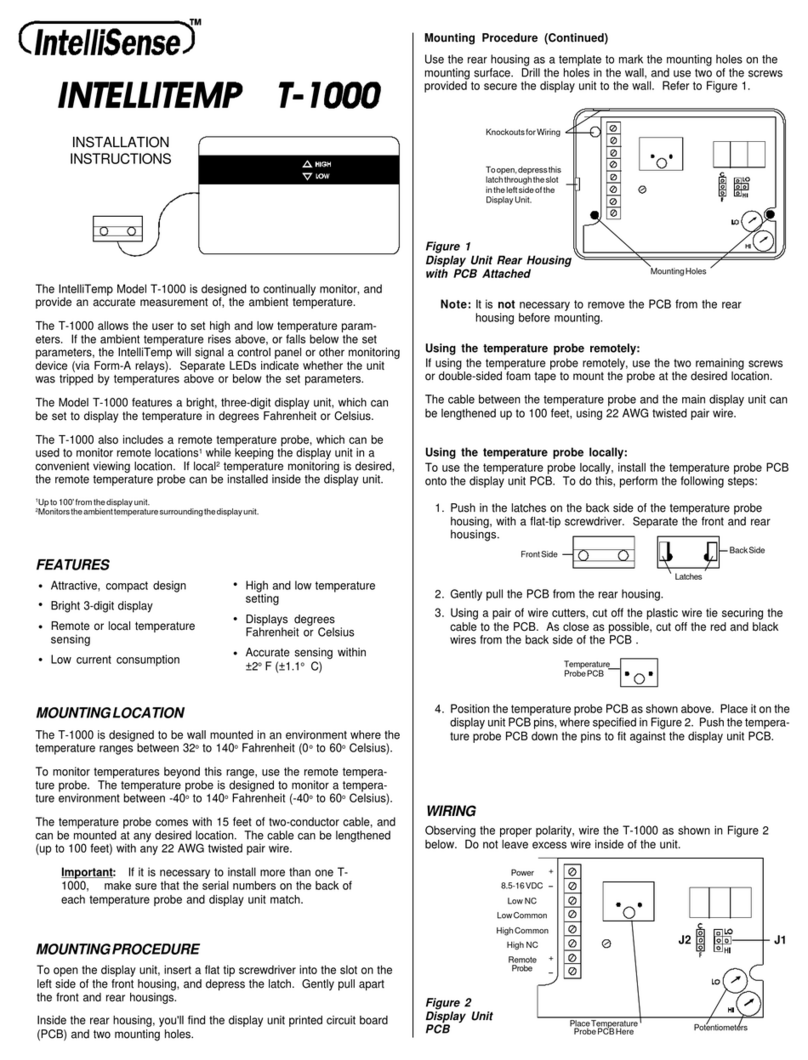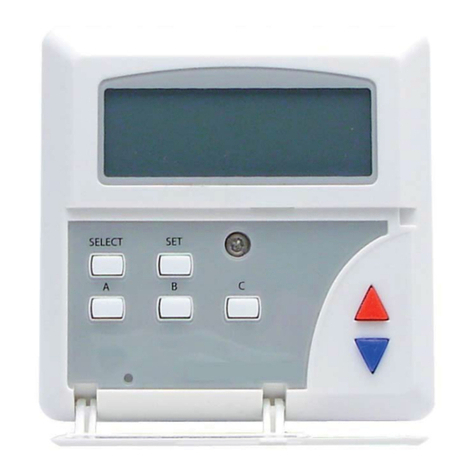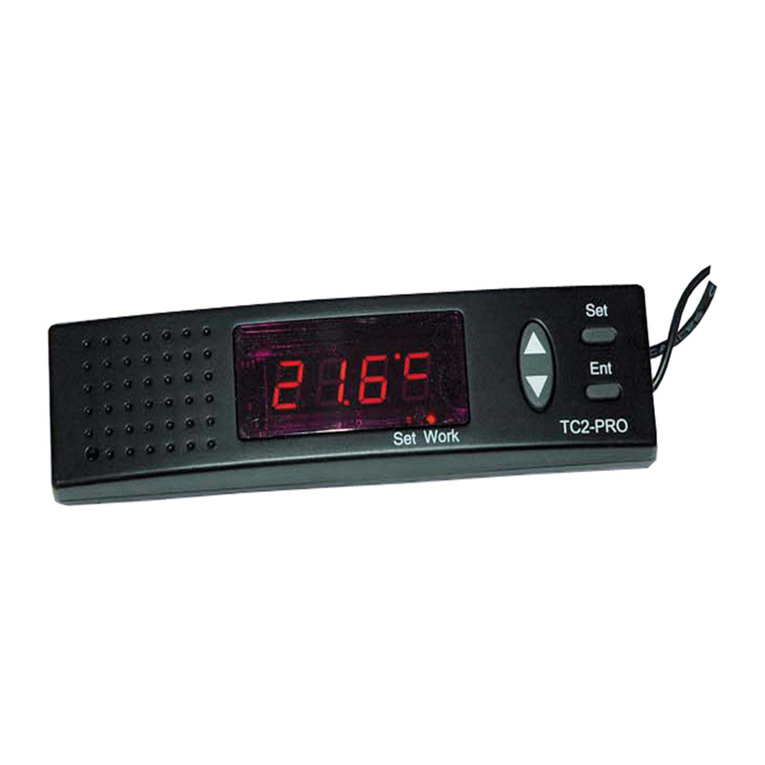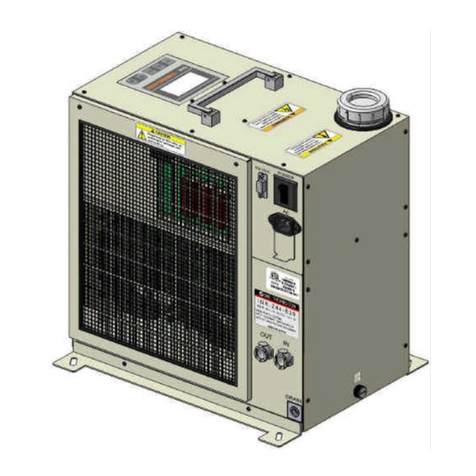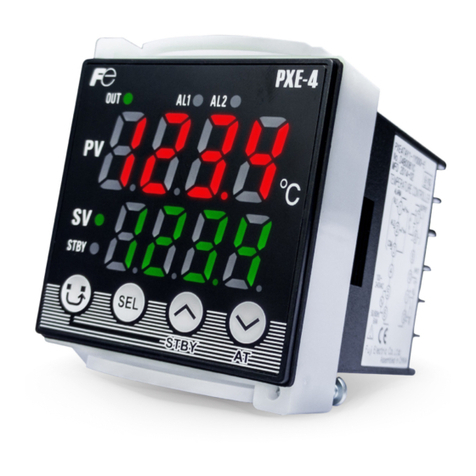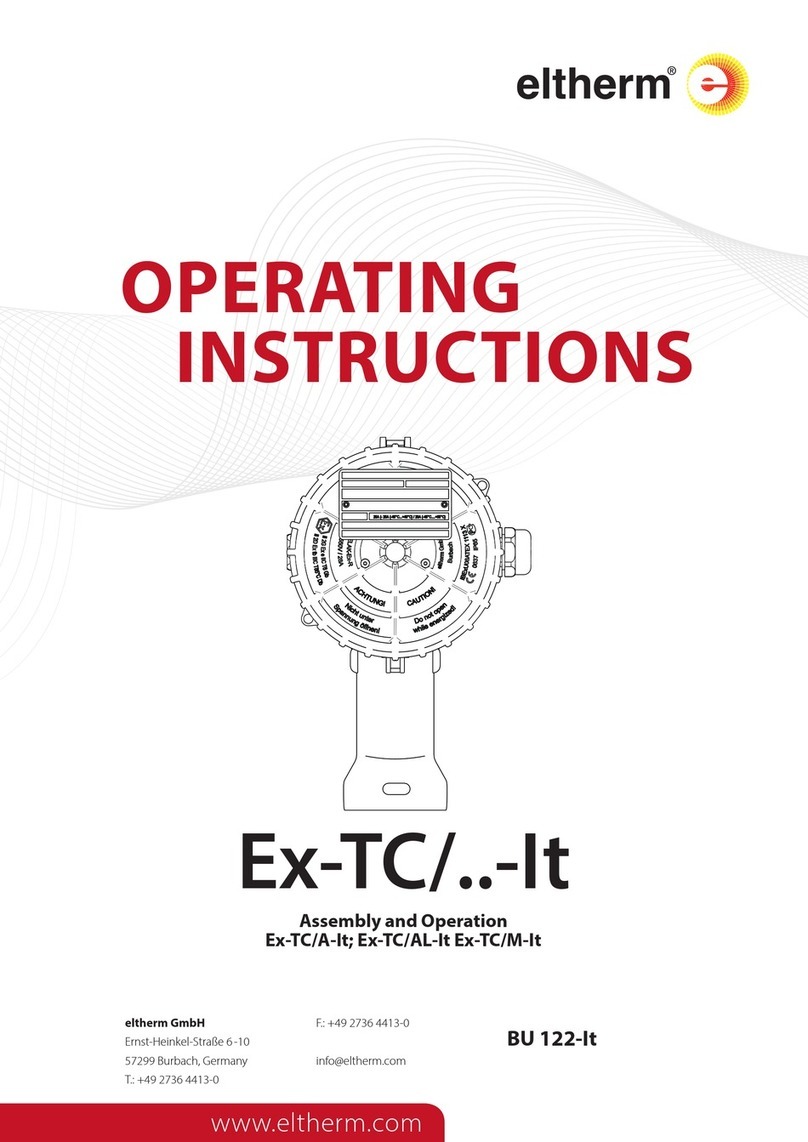
Premium Armaturen + Systeme
Temperaturvorhalte-Regelset
für Wohnungsstation „Regudis W- TU“
Einbau- und Betriebsanleitung für den Fachhandwerker
Vor dem Einbau des Temperaturvorhalte-Regel sets
die Einbau- und Betriebsanleitung vollständig lesen!
Die Einbau- und Betriebsanleitung sowie alle mit-
geltenden Unterlagen an den Anlagenbetreiber wei-
tergeben !
Inhalt:
1. Allgemeines...................................................... 1
2. Sicherheitshinweise ......................................... 1
3. Transport, Lagerung, Verpackung ................... 2
4. Technische Daten ............................................ 2
5. Aufbau und Funktion ....................................... 2
6. Einbau und Montage ....................................... 2
7. Betrieb.............................................................. 4
8. Wartung und Pflege ......................................... 4
9. Garantie ........................................................... 4
1. Allgemeines
1.1. Informationen zur Betriebsanleitung
Diese Einbau- und Betriebsanleitung dient dem Fach-
handwerker dazu, das Temperaturvorhalte-Regelset
fachgerecht zu installieren und in Betrieb zu nehmen.
Mitgeltende Unterlagen:
Anleitungen aller Anlagenkomponenten sowie allgemein:
Normen, Vorschriften, Sicherheitsbestimmungen.
1.2. Aufbewahrung der Unterlagen
Diese Betriebsanleitung sollte zum späteren Gebrauch
vom Anlagenbetreiber aufbewahrt werden.
1.3. ymbolerklärung
inweise zur Sicherheit sind durch Symbole gekenn-
zeichnet. Diese inweise sind zu befolgen, um Unfälle,
Sachschäden und Störungen zu vermeiden.
Heiße Oberflächen
Bei Betrieb kann die Verrohrung des Tempera-
turvorhalte-Regelsets, sowie können sämtliche
Einzelteile der Wohnungsstation Regudis W-HTU
die Medientemperatur annehmen. Bei hohen
Medientemperaturen nicht ohne chutzhand-
schuhe anfassen.
D
Eine Übersicht der weltweiten Ansprechpartner
finden Sie unter www.oventrop.de.
Technische Änderungen vorbehalten.
134109080 03/2013
OVENTROP Gmb & Co. KG
Paul-Oventrop-Straße 1
D-59939 Olsberg
Telefon +49 (0)2962 82-0
Telefax +49 (0)2962 82-400
otline +49 (0)2962 82-234
E-Mail mail@oventrop.de
Internet www.oventrop.com
1.4. Urheberschutz
Die Einbau- und Betriebsanleitung ist urheberrechtlich
geschützt.
2. icherheitshinweise
2.1. Bestimmungsgemäße Verwendung
Die Betriebssicherheit ist nur bei bestimmungsgemäßer
Verwendung des Temperaturvorhalte-Regelsets ge -
währ leistet.
Das Temperaturvorhalte-Regelsets ist zum Einbau in
die Wohnungsstation „Regudis W- TU“ bestimmt.
Jede darüber hinausgehende und/oder andersartige
Verwendung des Temperaturvorhalte-Regelsets ist un-
tersagt und gilt als nicht bestimmungsgemäß.
Ansprüche jeglicher Art gegen den ersteller und/oder
seine Bevollmächtigten wegen Schäden aus nicht be-
stimmungsgemäßer Verwendung können nicht aner-
kannt werden.
Zur bestimmungsgemäßen Verwendung zählt auch die
korrekte Einhaltung der Einbau- und Betriebsanleitung.
Abb.1 Temperaturvorhalte-Regelset
2.2. Gefahren, die vom Einsatzort ausgehen können
Der Fall eines externen Brandes wurde bei der Ausle-
gung des Temperaturvorhalte-Regelsets nicht berück-
sichtigt.
!
GEFA R weist auf eine un-
mittelbar gefährliche Situation hin, die zum Tod oder
zu schweren Verletzungen führen wird, wenn die
Sicherheitsmaßnahmen nicht befolgt werden.
GEFAHR
!
AC TUNG weist auf mögli-
che Sachschäden hin, welche entstehen können, wenn
die Sicherheitsmaßnahmen nicht befolgt werden.
ACHTUNG
GEFAHR
!
